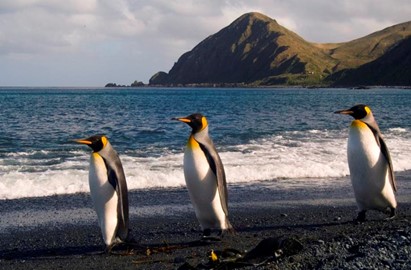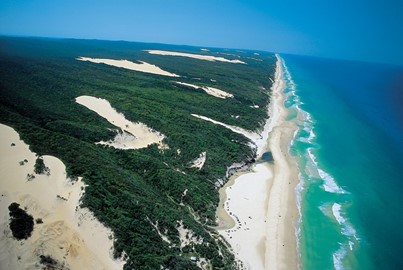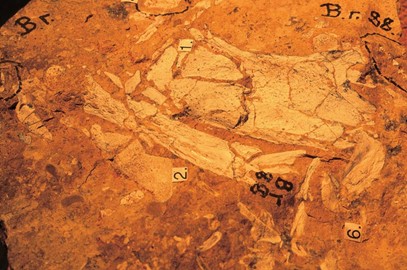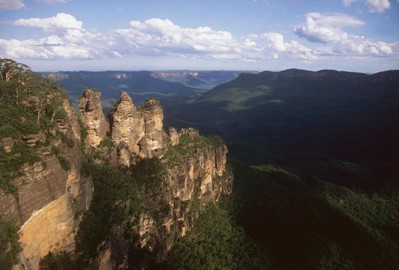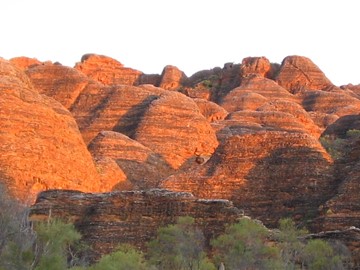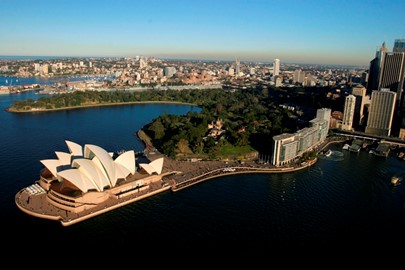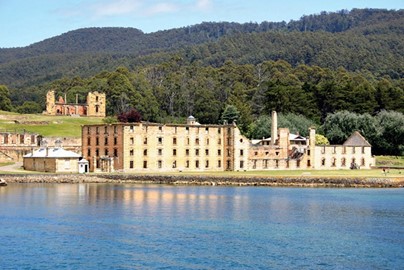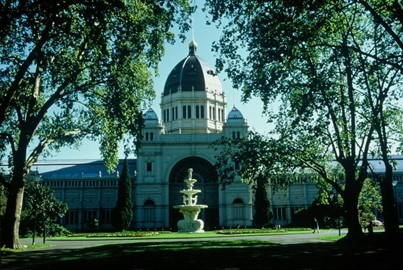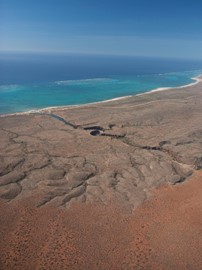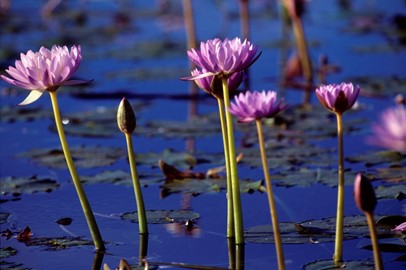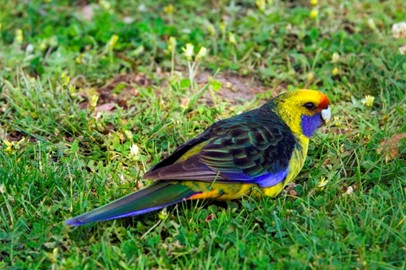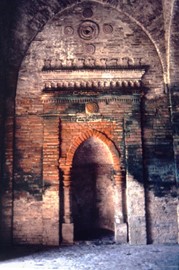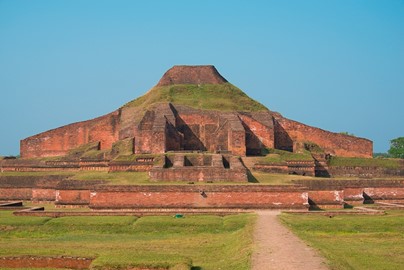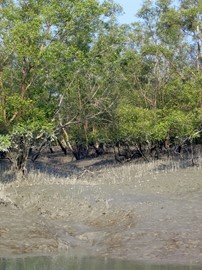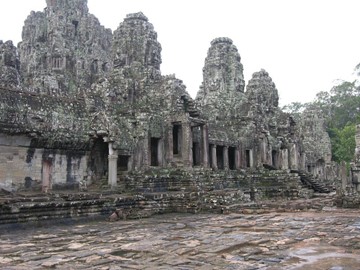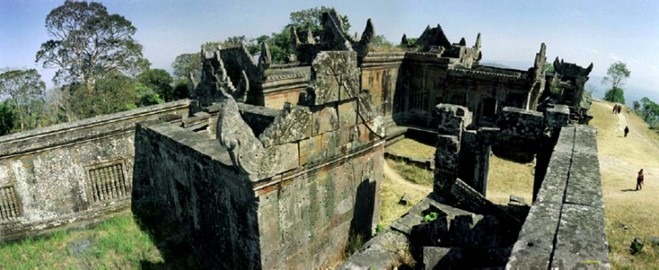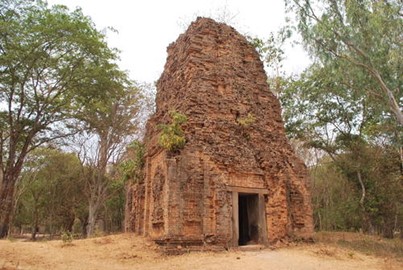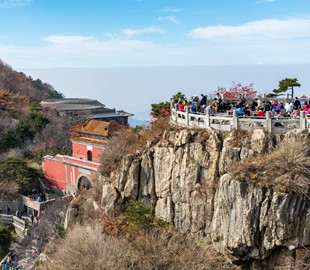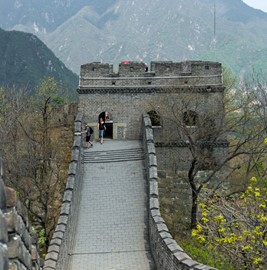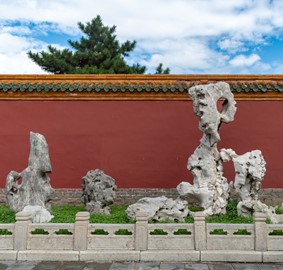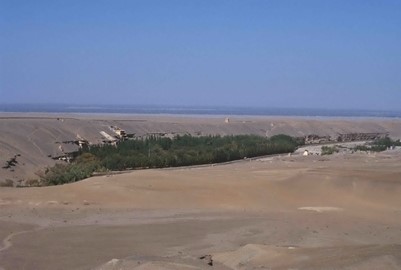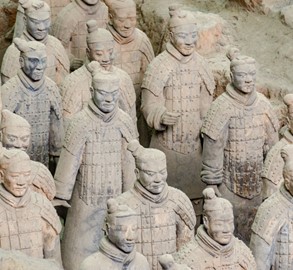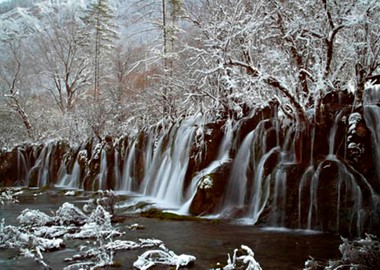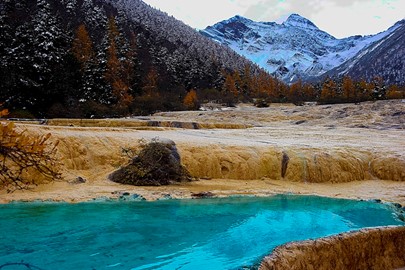region :: asia and the pacific
Macquarie Island
Macquarie Island, a UNESCO World Heritage site in Australia, is a remote sub-Antarctic island prized for its unique geology and abundant wildlife. Formed by the collision of tectonic plates, its rugged terrain features windswept plateaus and steep cliffs. The island teems with massive colonies of penguins, seals, and seabirds, thriving in its pristine, predator-free environment. Its untouched ecosystems and dramatic landscapes offer a rare glimpse into sub-Antarctic biodiversity, making it a vital site for ... Read More
Fraser Island
Fraser Island, a UNESCO World Heritage site in Australia, is the world’s largest sand island, renowned for its diverse ecosystems and natural beauty. Its golden beaches, towering dunes, and crystal-clear freshwater lakes contrast with lush rainforests teeming with rare species like the Fraser Island dingo. Shaped by shifting sands and ancient geological processes, it offers a striking landscape of ecological significance. This pristine wilderness stands as a unique testament to nature’s adaptability and a c... Read More
Australian Fossil Mammal Sites
Riversleigh and Naracoorte, the Australian Fossil Mammal Sites, a UNESCO World Heritage site in Australia, safeguard a remarkable collection of ancient fossils showcasing the continent’s prehistoric biodiversity. These sites feature well-preserved remains of extinct megafauna, such as the giant wombat-like diprotodon and the marsupial lion, spanning millions of years. Encased in dramatic limestone formations and desert terrains, they provide critical insights into Australia’s evolutionary past. This invalua... Read More
Greater Blue Mountains Area
The Greater Blue Mountains, a UNESCO World Heritage site in Australia, is a rugged wilderness renowned for its dramatic sandstone cliffs, deep valleys, and rich biodiversity. Its ancient eucalypt forests, emitting a blue haze from oil vapors, harbor unique species like the Wollemi pine, a living fossil. Sculpted by millions of years of erosion, the landscape features cascading waterfalls and expansive plateaus. This ecological haven offers a striking blend of natural beauty and evolutionary significance, se... Read More
Purnululu
Purnululu, a UNESCO World Heritage site in Australia, is a remote geological marvel famed for its striking beehive-shaped sandstone domes. Sculpted over millions of years by erosion, these orange-and-black striped formations rise from the arid landscape, creating a surreal vista. The site harbors unique desert ecosystems, supporting rare flora and fauna adapted to its harsh conditions. Sacred to Indigenous peoples, Purnululu blends cultural significance with natural wonder, standing as a testament to Earth’... Read More
Sydney Opera House
The Sydney Opera House, a UNESCO World Heritage site in Australia, is an architectural masterpiece celebrated for its distinctive sail-like design and cultural prominence. Perched on a waterfront, its white-tiled roof gleams against the skyline, symbolizing innovation in modern engineering. Designed by Jørn Utzon and completed in 1973, it serves as a global hub for performing arts, hosting world-class events. This iconic structure embodies artistic excellence and human creativity, making it a timeless emble... Read More
Australian Convict Sites
The Australian Convict Sites, a UNESCO World Heritage site in Australia, encompass historic locations that reveal the nation’s colonial past and the global story of forced migration. These sites, including prisons, barracks, and workyards, were built and inhabited by convicts transported from Britain between 1788 and 1868. Featuring Georgian architecture and stark landscapes, they illustrate the harsh realities of penal life and early settlement. This collection stands as a powerful testament to human endur... Read More
Royal Exhibition Building
The Royal Exhibition Building and Carlton Gardens, a UNESCO World Heritage site in Australia, is a grand architectural complex celebrated for its historical and cultural significance. Completed in 1880, the ornate Victorian-era building, with its soaring dome, hosted major international exhibitions, showcasing industrial progress. Surrounded by meticulously designed gardens featuring fountains and tree-lined paths, it reflects 19th-century urban planning ideals. This iconic site stands as a symbol of human ... Read More
Ningaloo Coast
The Ningaloo Coast, a UNESCO World Heritage site in Australia, is a pristine marine and terrestrial landscape renowned for its vibrant coral reef and biodiversity. Fringed by turquoise waters, it hosts an array of marine life, including whale sharks, manta rays, and colorful fish, thriving along its accessible shorelines. Limestone cliffs and arid hinterlands contrast with the underwater spectacle, showcasing unique ecosystems. This untouched coastal gem offers a rare blend of natural beauty and ecological ... Read More
Kakadu
Kakadu, a UNESCO World Heritage site in Australia, is a vast wilderness celebrated for its rich biodiversity and profound cultural heritage. Its rugged escarpments, sprawling wetlands, and lush forests shelter unique species like saltwater crocodiles and rare birds. Ancient rock art, dating back tens of thousands of years, adorns its cliffs, reflecting the enduring presence of Indigenous custodians. This dynamic landscape blends natural splendor with a living cultural legacy, making it a global treasure of ... Read More
Tasmanian Wilderness
The Tasmanian Wilderness, a UNESCO World Heritage site in Australia, is a pristine expanse of rugged landscapes renowned for its ancient ecosystems and cultural value. Towering peaks, dense rainforests, and wild rivers harbor unique species like the Tasmanian devil and ancient huon pine, some over 3,000 years old. Glacial valleys and archaeological sites, including caves with evidence of Ice Age habitation, highlight its deep history. This untouched wilderness stands as a vital refuge for biodiversity and a... Read More
Bagerhat
Bagerhat, a UNESCO World Heritage site in Bangladesh, is a historic city famed for its remarkable collection of 15th-century mosques and mausoleums. Built by the Muslim ruler Khan Jahan Ali, its architectural gems, like the Sixty Dome Mosque with its intricate brickwork, showcase early Islamic design in the region. Set amidst a tranquil landscape of water tanks and ruins, it reflects a blend of spirituality and urban planning. This ancient site stands as a testament to Bangladesh’s rich cultural and archite... Read More
Buddhist Vihara
Buddhist Vihara, a UNESCO World Heritage site in Bangladesh, is an ancient monastic complex renowned for its historical and archaeological significance. Dating back to the 7th century, this sprawling ruin features a central cruciform temple surrounded by monastic cells, reflecting early Buddhist architecture and community life. Excavations have uncovered intricate terracotta plaques and artifacts, offering insights into the region’s religious past. This well-preserved site stands as a vital link to Banglade... Read More
The Sundarbans
The Sundarbans, a UNESCO World Heritage site in Bangladesh, is a vast mangrove forest celebrated for its unique ecosystem and biodiversity. This labyrinth of waterways and tidal flats shelters the endangered Bengal tiger, along with diverse wildlife like crocodiles and rare birds. Its dense, salt-tolerant mangroves protect the coast from erosion and cyclones, showcasing nature’s resilience. This pristine wilderness stands as a critical sanctuary for conservation and a striking example of ecological harmony.... Read More
Angkor
Angkor, a UNESCO World Heritage site in Cambodia, is a sprawling archaeological marvel of the Khmer Empire, flourishing from the 9th to 15th centuries. Renowned for its grand temples, including the iconic Angkor Wat with its intricate bas-reliefs, it showcases advanced architecture, urban planning, and hydraulic engineering. Recognized for its cultural and historical significance, it stands as a testament to the empire’s artistic brilliance and spiritual devotion.
Preah Vihear
The Temple of Preah Vihear, a UNESCO World Heritage site in Cambodia, is an 11th-century Khmer masterpiece perched atop a cliff, dedicated to the Hindu god Shiva. Renowned for its stunning architecture and intricate carvings, it reflects the spiritual and artistic zenith of the Khmer Empire. Recognized for its cultural and historical value, it stands as a striking symbol of ancient devotion and engineering prowess.
Sambor Prei Kuk
Sambor Prei Kuk, a UNESCO World Heritage site in Cambodia, is a 7th-century archaeological treasure from the pre-Angkorian Chenla Kingdom. This ancient capital features over 100 well-preserved brick temples adorned with intricate carvings, set amidst a forested landscape, showcasing early Khmer architectural innovation. Recognized for its historical and cultural significance, it offers a glimpse into the region’s early urban and religious development.
Mount Taishan
Mount Taishan, a UNESCO World Heritage site in China, is a sacred peak revered for over 3,000 years as a site of imperial worship and cultural significance. Its rugged slopes, dotted with ancient temples, stone inscriptions, and stairways, reflect its role as a spiritual and artistic hub in Chinese history. Recognized for its natural and cultural value, it stands as a symbol of harmony between humanity and nature.
Great Wall
The Great Wall, a UNESCO World Heritage site in China, is an iconic fortification stretching thousands of kilometers, built from the 7th century BCE to the 16th century. Designed to protect against invasions, its watchtowers, battlements, and stone-and-brick construction showcase ancient Chinese engineering and military strategy. Recognized for its historical and architectural significance, it stands as a monumental symbol of resilience and ingenuity.
Imperial Palaces
The Imperial Palaces, a UNESCO World Heritage site in China, encompass the Forbidden City and Mukden Palace, grand residences of the Ming and Qing dynasties from the 14th to 20th centuries. These sprawling complexes, with their ornate halls, courtyards, and intricate designs, reflect imperial power, Confucian ideals, and architectural mastery. Recognized for their historical and cultural significance, they stand as enduring symbols of China’s dynastic legacy.
Mogao Caves
The Mogao Caves, a UNESCO World Heritage site in China, are a network of 492 Buddhist cave temples carved into a desert cliff from the 4th to 14th centuries. Adorned with vibrant murals and intricate statues, they represent a millennium of art, religion, and cultural exchange along the Silk Road. Recognized for their historical and artistic value, they stand as a treasure of ancient Buddhist heritage.
Mausoleum of the First Qin Emperor
The Mausoleum of the First Qin Emperor, a UNESCO World Heritage site in China, is a vast 3rd-century BCE burial complex famed for its Terracotta Army. This underground marvel, with thousands of life-sized clay soldiers, horses, and chariots, reflects the emperor’s quest for immortality and ancient Chinese craftsmanship. Recognized for its historical and archaeological significance, it stands as a monumental testament to imperial ambition.
Peking Man
Peking Man, a UNESCO World Heritage site in China, is an archaeological site preserving fossils of Homo erectus from 700,000 to 200,000 years ago. Discovered in a cave system, these remains, alongside stone tools and evidence of fire use, offer crucial insights into early human evolution in East Asia. Recognized for its scientific significance, it stands as a key record of prehistoric life.
Jiuzhaigou Valley
Jiuzhaigou Valley, a UNESCO World Heritage site in China, is a pristine natural wonder renowned for its vibrant turquoise lakes, cascading waterfalls, and snow-capped peaks. This biodiverse haven, home to rare species like the giant panda, showcases stunning karst landscapes and crystal-clear waters shaped by glacial activity. Recognized for its ecological and scenic value, it stands as a breathtaking testament to nature’s beauty.
Huanglong
Huanglong, a UNESCO World Heritage site in China, is a stunning karst landscape famed for its colorful travertine pools, terraced waterfalls, and alpine forests. Nestled beneath snow-capped peaks, this pristine site supports diverse wildlife, including the endangered Sichuan golden monkey. Recognized for its natural beauty and ecological significance, it stands as a vibrant showcase of geological splendor.
